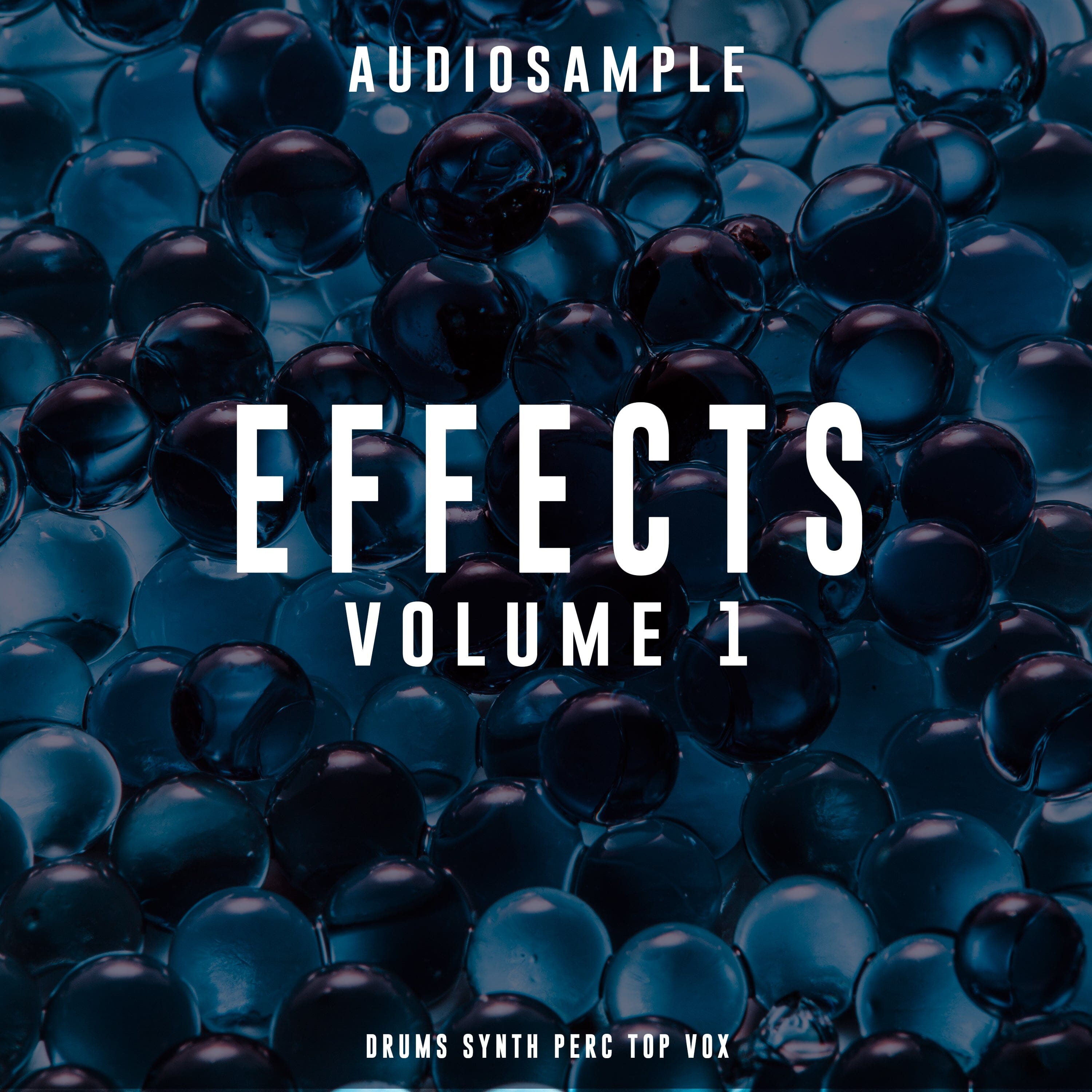Understanding Chord Progressions
What Are Chord Progressions?
Chord progressions are sequences of chords played in a specific order, forming the harmonic foundation of a piece of music. These progressions dictate the musical journey by creating a sense of movement, tension, and resolution. A chord progression can set the emotional tone of a track, whether it’s uplifting, melancholic, suspenseful, or calming. In essence, chord progressions are the backbone of musical composition, guiding the listener through the piece.

Why Are Chord Progressions Important in Music Production?
In music production, chord progressions are crucial for several reasons:
- Emotional Impact: Chord progressions have the power to evoke a wide range of emotions in the listener. They can create anticipation, provide relief, or build tension, making them essential for crafting the emotional arc of a track.
- Structural Foundation: They provide the harmonic structure that supports melodies, basslines, and rhythms, ensuring that all elements of the track work cohesively.
- Variety and Interest: Well-crafted chord progressions prevent music from sounding monotonous. They add complexity and variation, keeping the listener engaged.
- Musical Identity: Different genres often have characteristic chord progressions. Mastering these can help producers create authentic-sounding tracks within specific styles.
Basic Music Theory for Chord Progressions
Understanding Scales and Keys
To build effective chord progressions, it's essential to understand scales and keys. A scale is a series of musical notes ordered by pitch, while a key is a group of pitches or scale that forms the basis of a music composition. The most common scale in Western music is the major scale, which follows a specific pattern of whole and half steps.
For example, the C major scale consists of the notes C, D, E, F, G, A, and B. The pattern of intervals in a major scale is whole, whole, half, whole, whole, whole, half. Understanding scales helps in identifying which chords naturally fit within a key.
Building Basic Chords
Chords are built by stacking notes from a scale. The most basic chord is the triad, which consists of three notes: the root, the third, and the fifth. For instance, in the C major scale, the C major triad (C, E, G) is formed by taking the first (C), third (E), and fifth (G) notes of the scale.
- Major Chords: Consist of a root, major third, and perfect fifth. They sound happy and bright.
- Minor Chords: Consist of a root, minor third, and perfect fifth. They sound sad and somber.
- Diminished Chords: Consist of a root, minor third, and diminished fifth. They sound tense and unstable.
- Augmented Chords: Consist of a root, major third, and augmented fifth. They sound unusual and unresolved.
Common Chord Types
Understanding different chord types expands your ability to create varied and interesting progressions:
- Seventh Chords: These add a seventh note to the triad, providing more depth and complexity.
- Suspended Chords: These replace the third with either a second or fourth, creating a sense of tension.
- Extended Chords: These include notes beyond the seventh, such as ninths, elevenths, and thirteenths, offering richer harmonies.
Creating Your First Chord Progression

Starting with a Key
Choosing a key is the first step in creating a chord progression. The key determines the scale and the chords that will be used. For beginners, starting with a major key like C major (which has no sharps or flats) is often easiest. Once you’ve chosen your key, you can identify the chords that naturally occur within that key.
Using the I-IV-V Progression
One of the most fundamental chord progressions in Western music is the I-IV-V progression. In the key of C major, this progression consists of the chords C major (I), F major (IV), and G major (V). This progression is widely used because it creates a strong sense of resolution and is pleasing to the ear.
For example:
- C Major (I): C - E - G
- F Major (IV): F - A - C
- G Major (V): G - B - D
Playing these chords in sequence can provide the harmonic basis for countless songs.
Experimenting with Minor Chord Progressions
Minor chord progressions are equally important and provide a different emotional palette. A common minor progression is the i-iv-v progression. In the key of A minor, this would be A minor (i), D minor (iv), and E minor (v).
For example:
- A Minor (i): A - C - E
- D Minor (iv): D - F - A
- E Minor (v): E - G - B
Experimenting with minor progressions allows you to explore more melancholic or introspective musical themes.
Adding Complexity to Your Chord Progressions
Using Seventh Chords and Extensions
Seventh chords and extensions add depth and sophistication to your music. A seventh chord includes the triad plus a seventh interval above the root. For example, a C major seventh chord (Cmaj7) includes C, E, G, and B. These chords can create richer harmonic textures and are often used in jazz, soul, and complex electronic music.
Extensions go beyond the seventh, incorporating ninths, elevenths, and thirteenths. These added tones can provide unexpected harmonic colors and complexity. For example, a Cmaj9 chord includes C, E, G, B, and D.
Incorporating Suspended and Altered Chords
Suspended chords replace the third with a second (sus2) or fourth (sus4), creating a sense of tension that resolves when moving to a traditional chord. For example, a Csus4 chord includes C, F, and G. These chords are useful for creating movement and anticipation within your progressions.
Altered chords involve changing one or more notes in a chord to create dissonance and tension. Common alterations include flatting the fifth or ninth, or sharping the fifth or ninth. These chords are particularly effective in genres that embrace dissonance, such as jazz and experimental music.
Modulating Between Keys
Modulation, or changing keys within a piece, can add dramatic effect and keep the listener engaged. There are several ways to modulate, including:
- Direct Modulation: Jumping directly to a new key.
- Pivot Chord Modulation: Using a chord common to both the original and new key to transition smoothly.
- Chromatic Modulation: Shifting by a half step to the new key.
Experimenting with different modulation techniques can introduce surprising twists in your music and enhance its dynamic range.

Tips for Crafting Compelling Chord Progressions
Understanding Tension and Release
Creating effective chord progressions involves understanding the balance between tension and release. Tension builds anticipation and excitement, while release provides resolution and satisfaction. Techniques for building tension include using dissonant chords, chromatic movement, and unexpected harmonic shifts. Resolving this tension with consonant chords and familiar progressions can make your music more emotionally impactful.
Using Inversions and Voice Leading
Chord inversions and voice leading are essential for smooth and interesting transitions between chords. Inversions involve changing the bass note of a chord, which can make progressions sound less predictable and more fluid. For example, inverting a C major chord (C-E-G) to its first inversion (E-G-C) or second inversion (G-C-E) can provide a different texture.
Voice leading refers to the way individual notes or "voices" move from one chord to the next. Effective voice leading minimizes large leaps between notes, creating smoother transitions and more cohesive progressions.
Layering and Voicing for Depth and Texture
Layering involves stacking multiple sounds or instruments to create a fuller, richer sonic landscape. This can include doubling parts with different instruments, adding harmonies, or using different octaves. Voicing refers to how the notes of a chord are distributed or spaced out. Experimenting with different voicings can significantly alter the character of your progressions. For example, spreading the notes of a chord across a wider range or clustering them closely together can change the perceived tension and texture.
Tools and Resources for Learning Chord Progressions
Software and Apps
There are numerous software and apps available to assist in learning and creating chord progressions:
- Chordbot: An app that lets you create and play complex chord progressions easily.
- Odesi by Mixed In Key: Helps you write melodies, basslines, and chord progressions.
- Hookpad: A music composition tool that makes it easy to create chord progressions and melodies.
These tools can help you experiment with different progressions and understand their theoretical foundations.
Online Courses and Tutorials
Online courses and tutorials offer structured learning paths and expert insights:
- Samplesound Academy: Free video tutorial section on Our website
- Coursera: Offers courses on music theory and composition from leading universities.
- Udemy: Provides a variety of courses on chord progressions and music theory.
- YouTube: Channels like “Signals Music Studio” and “Rick Beato” offer free, high-quality tutorials on chord progressions and music theory.
Practice and Application
Regular practice and application are crucial for mastering chord progressions. Here are some tips:
- Transcribe Songs: Analyze and play the chord progressions of your favorite songs to understand different styles and techniques.
- Experiment: Don’t be afraid to try unconventional progressions or modify existing ones to develop your unique sound.
- Collaborate: Working with other musicians can provide new perspectives and ideas for creating compelling chord progressions.
Bringing It All Together
Understanding and mastering chord progressions is essential for any music producer looking to add depth and emotion to their tracks. By incorporating the techniques and strategies outlined in this guide, you can create more compelling and dynamic music that resonates with listeners. Keep experimenting, practicing, and learning to continually evolve your musical skills.















